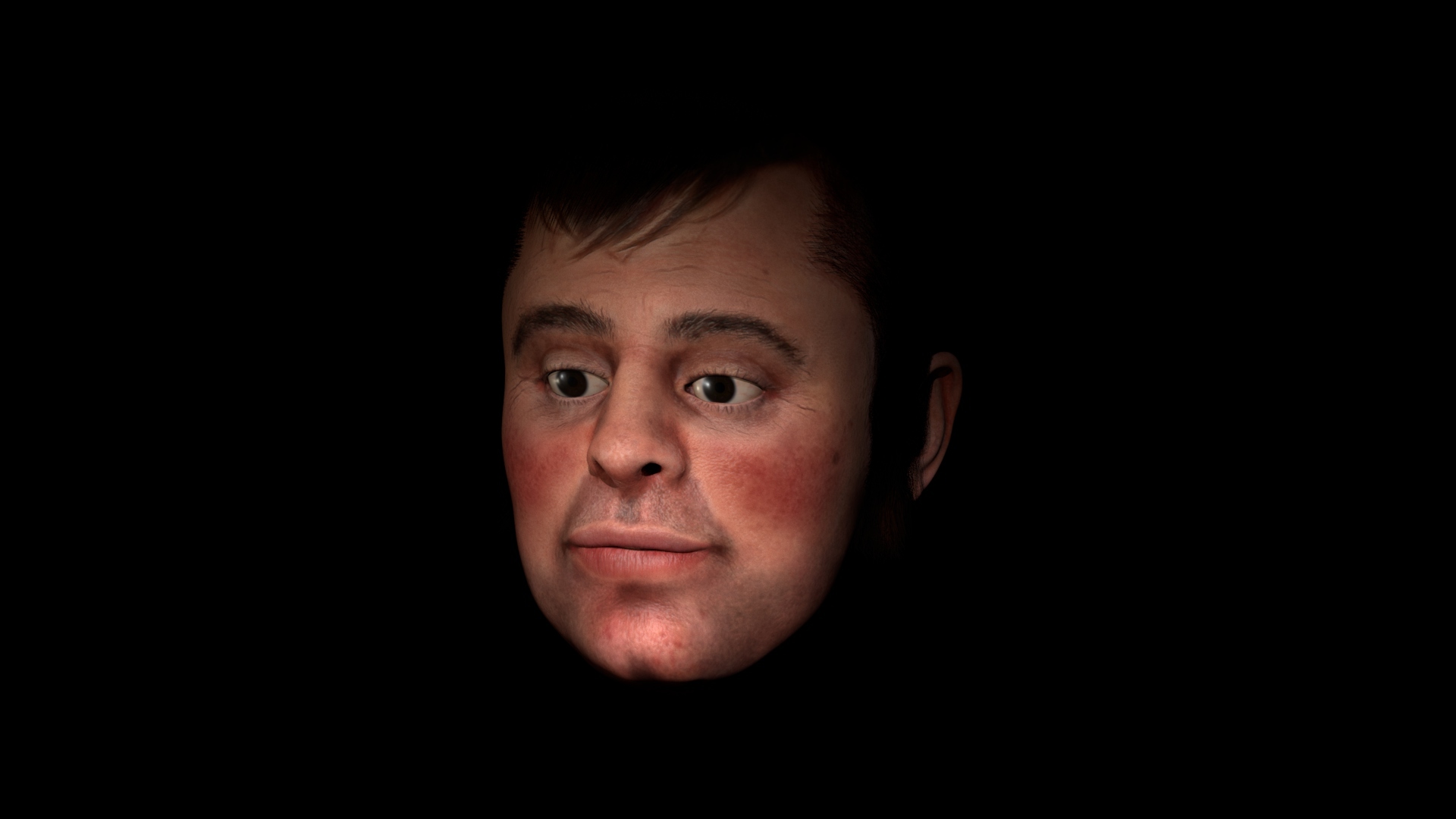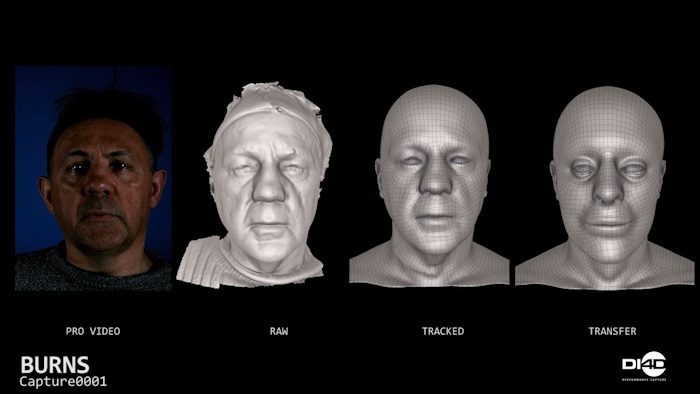
A new animated facial reconstruction of Robert Burns reciting one of his own poems has been created to mark the anniversary of his birth.
Liverpool John Moores University (LJMU) Face Lab, the University of Dundee and Dimensional Imaging (DI4D) in Glasgow worked with Scottish poet Rab Wilson to create an animation of Burns performing To a Mouse.
The initial work began in 2010 Wilson worked with Professor of Craniofacial Identification Caroline Wilkinson to depict ‘the living face’ of Robert Burns.
Face Lab at LJMU revisited the depiction in 2016 and recreated the face using the latest 3D digital technology from a partial cast of Burns’ skull, along with documentation of the Bard, portraits, silhouettes and written descriptions.
Wilson was recorded reciting To a Mouse using DI4D’s Facial Motion Capture System and was then transferred to the 3D digital model of Burns. Wilson’s voice was then added to the final animation.
The animation will be screened at the Scottish National Portrait Gallery in Edinburgh on Burns Day.
Prof Wilkinson said: “This real-life animation of Robert Burns has brought the poetry of this Scots Bard back to life for generations to come. It will help to promote Scottish culture and to visualise his charismatic and creative personality.
“To see Burns reciting his own poetry was a remarkable moment.”
LJMU said the techniques have the potential to transform the way people interact with historical figures.
Prof Wilkinson added: “Face Lab’s facial animation research is important as there is potential to apply facial animation techniques to animate faces of people from the past produced via facial reconstruction from human remains.
“In the future you may be able to interact with people from history digitally, listen to them speak, recite literature or guide you around a museum exhibit as a virtual avatar.
“There is potential to animate other high profile historical facial depictions including William Shakespeare, St Nicholas, King Richard III or Robert the Bruce.”

Enjoy the convenience of having The Sunday Post delivered as a digital ePaper straight to your smartphone, tablet or computer.
Subscribe for only £5.49 a month and enjoy all the benefits of the printed paper as a digital replica.
Subscribe